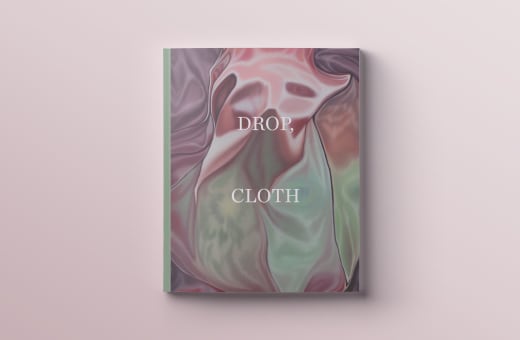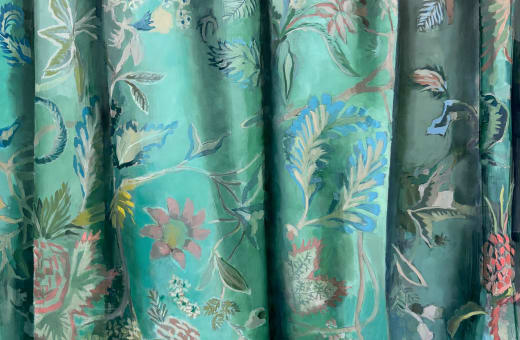News

8 Female Surrealists Who Are Not Frida Kahlo—from Meret Oppenheim to Dorothea Tanning
March 31, 2016
The evocative Surrealism of Kay Sage—which recalls Giorgio de Chirico’s shadowy landscapes and stark buildings, and her husband Yves Tanguy’s spheric forms in desolate spaces—was tremendously influential in the United States in the 1930s. Sage spent her childhood in Europe and New York, and later integrated herself into the Parisian Surrealist boys club, where she met Tanguy in 1939. Once she developed her mature style, featuring strong architectural forms and precise horizon lines, Sage routinely exhibited in New York and Europe throughout the 1940s and ’50s. She tragically began losing her eyesight in the mid-1950s, but went on to write four volumes of poetry and the beginnings of a memoir.
Close
Basket
No items found
Your saved list
This list allows you to inquire about a group of works.
No items found
Chelsea, New York








